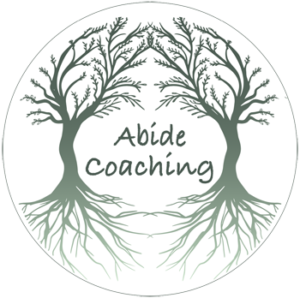School will be starting later this month in many areas so I just wanted to take this opportunity to write about IEPs and 504s. I have been to many IEP meeting for my own children and have gone to a few to advocate for other students.
IEPs come from The Individuals with Disabilities Education Act (IDEA), which is a federal special education law for children (0-21). To be eligible, a child needs to have one of 13 different conditions. The biggest difference is that IEPs allow for modifications and accommodations. Modifications are changes to what is taught and accommodations are changes to how students learn. Examples of modifications may be: a student may have fewer math problems for homework, continue working on adding and subtracting fractions while the class moves on the multiplying and dividing fractions, or be graded on a different set of standards. Examples of accommodations may be: taking extra breaks during testing, being tested orally, or using audio books.
504 refers to section 504 of the Rehabilitation Act of 1973. It defines a disability as a physical or mental impairment that substantially limits a person’s ability to participate in a major life activity, such as learning, which is a broader definition than IDEA or the ADA, therefore it allows for children who don’t qualify for an IEP. The most basic and important difference is that 504s only allow for accommodations.
Here are some common accommodations for students who don’t need modifications:
- Seating near the teaching, or front and center but away from doors and windows or the back of the classroom that they are away from distractions for students who are easily distracted
- Seating near a positive role model for students who act up in class
- For large assignments, need to be broken down with at least weekly deadline for smaller parts of the larger assignment with the students input so they learn to break down large assignments, think about the future and don’t become overwhelmed.
- For longer quiet work periods during class, schedule breaks. As in work for a solid 15 minutes earn a 5-minute break and repeat.
- Give directions both orally and in written form for students who have trouble following directions. Checklists at the student’s desk with small tasks are helpful.
- Many students have trouble keeping up with note taking either deciding what is important enough to write down or trying to write down too much, guided notes where they need to write in some parts on their own can be very helpful to learn what needs to be write down and pay attention so they don’t miss information. They should be checked. Peer assisted notes can be helpful too with the right peer.
- Students are often bored in class, making class interactive is great for all students
- Some students need a private signal to stay engaged in class from the teacher
- Some student benefit from a required proofreading or double checking their work before turning it in. Truly I think this should just be part of the class in general, everyone can benefit from double checking their work.
- For attention seekers, only acknowledge correct answers when hands are raised and ignore small infarctions.
- Some students have ongoing behavior issues, set up a monitoring card or behavior contract.
- Some students need encouragement, depending on age send home a daily or weekly progress report or check in on them during class
- Some students can’t keep track of their books. They should have a book in the classroom (not their locker) and at home.
- Some students can’t keep track of their assignments, supervise assignments that assignments are written down, texted to self or emailed to a parent by the student. Many schools are moving towards assignments that are available via the internet (i.e. Google classroom), having the student text himself to check on assignments due the next day is great. Many of my clients use SendItLater.
- Some students lose their papers, one binder with an accordion section and a three ring binder is helpful. I like CaseIt binder.
- Some need to move, allow them to run errands, stand while working, sit on a ball, etc.
- Some students have low self-confidence or behavior issues, compliment good work or behavior immediately
- Some students get frustrated or angry, encourage them to walk away, get a drink or water or talk to an adult privately about options.
Here is one more accommodation that needs to little more explaining. There are many schools/teachers that give extra time for tests/quizzes. According to Russell Barkley, Ph.D., this accommodation is not ideal for students with ADHD. It is usually called “time and a half”, meaning if a general education class is given 30 minutes for a quiz, the student with a 504 would get 45 minutes. The thinking is if the students is anxious or overwhelmed the extra time would help them relax. This technique may help if the student has anxiety which is causing greater symptoms during testing than other condition. Many students with ADHD do not benefit from time and a half. That extra time is just more time to freak out or more time for them to be bored. The solution for these students is to hold them more accountable and to have immediate natural consequences. They should a given a timer with the same amount of time but be allowed to stop the timer to take breaks to get a drink of water or go to the bathroom when they notice they are not present.

